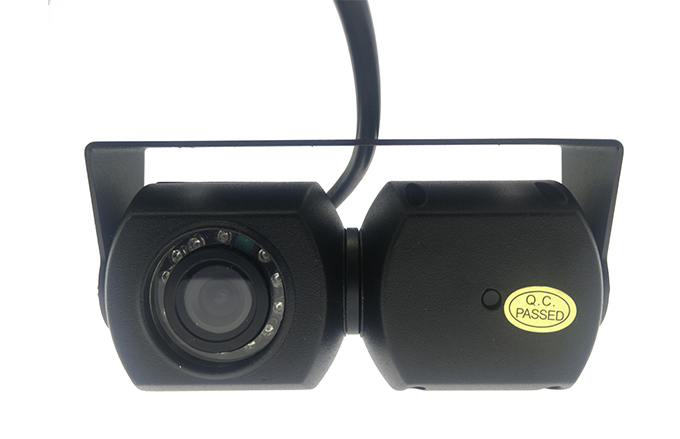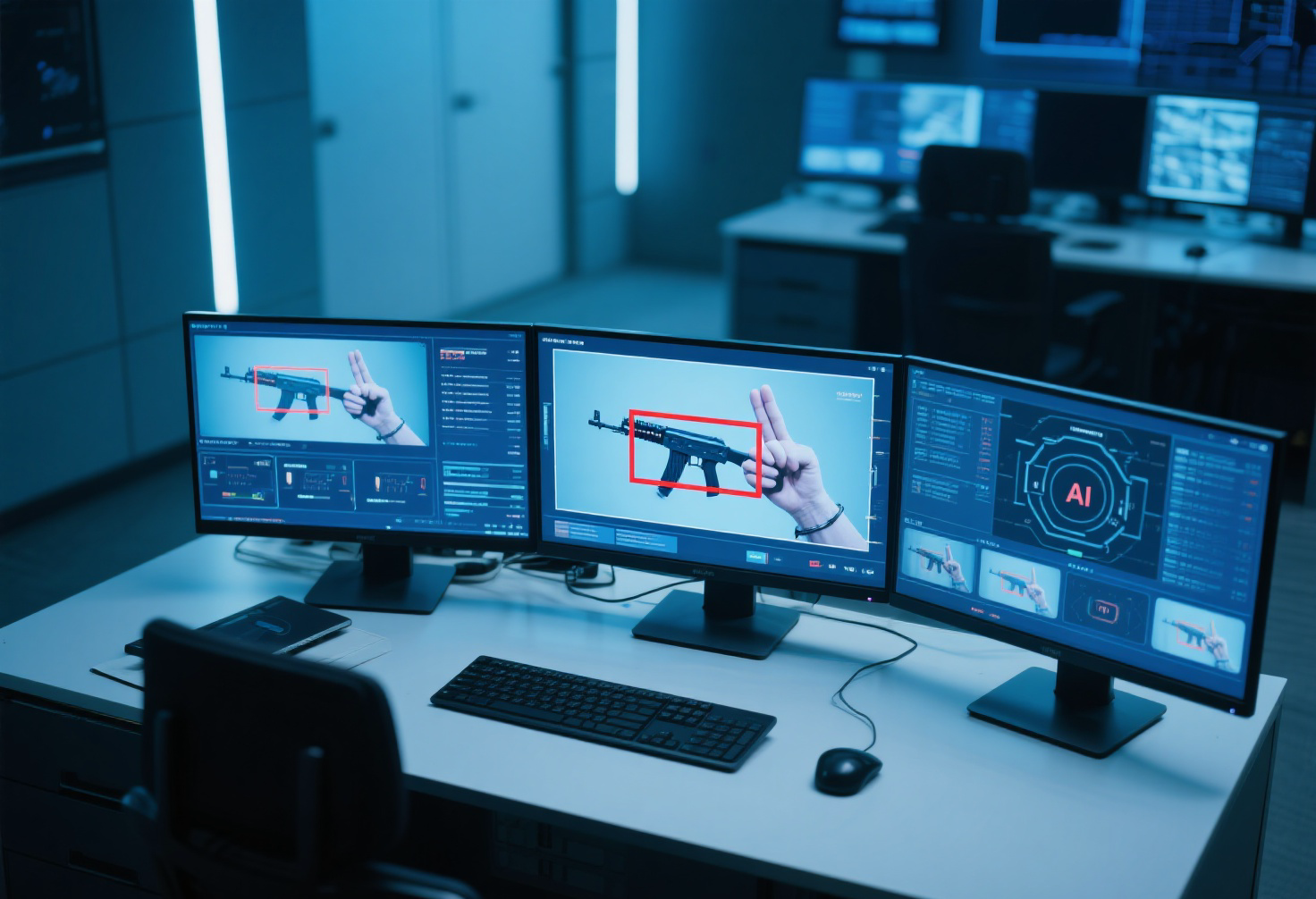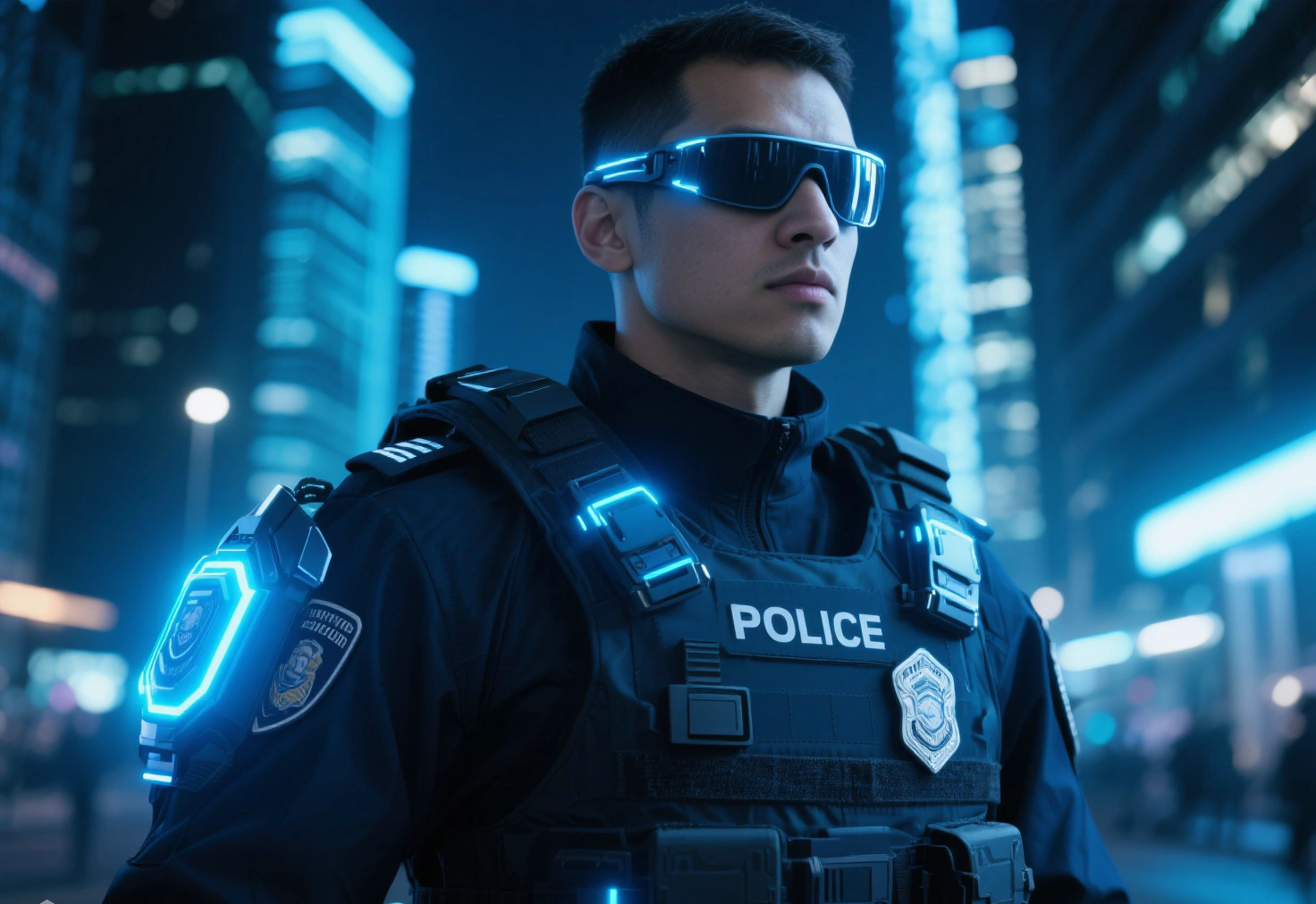(Balancing Tactical Needs, Legal Compliance, and Future-Proof Technology)
As body-worn cameras (BWCs) evolve from simple recording tools to AI-powered command centers, selecting the right system requires strategic foresight. Beyond basic specs, agencies must prioritize functions that address real-world policing challenges while navigating ethical and legal landscapes. Here’s a critical framework for decision-making:

Military-Grade Endurance: Prioritize IP68-rated waterproofing (submersion-proof) and 3-meter drop resistance for pursuits or physical alterations 1HTML.
Adaptive Night Vision: Seek dual-sensor systems (e.g., Sony STARVIS + IR illuminators) that capture color details in near-total darkness, crucial for identifying suspects or evidence 1HTML.
Temperature Tolerance: Verify operational specs for extreme climates (e.g., RECODA's Arctic-series BWCs for Nordic winters).

Real-Time Threat Analysis: Choose cameras with on-device AI processors (e.g., RECODA's M530 model) for instant detection of guns, knives, or aggressive movements 1HTML.
Automated Redaction: Opt for systems with GDPR-compliant auto-blurring of faces/license plates to streamline evidence sharing 1HTML.
Forensic Metadata: Ensure cryptographic chaining (timestamp, GPS, officer ID) to prove footage integrity in court 1HTML.
Multi-Network Resilience: Systems must switch seamlessly between 4G/5G, Wi-Fi, and mesh networks during outages (e.g., underground operations) 1HTML.
Command Center Integration: Look for interoperable software (like RECODA's CMS) syncing BWCs with dashcams and drone feeds on a unified map 1HTML.
Low-Latency Alerts: <0.5-second delay for live feeds during critical incidents (e.g., hostage situations).
GDPR/CCPA Mode Toggles: Pre-configured settings to auto-delete non-evidential footage after 72 hours 1HTML.
User Consent Workflows: Built-in audio prompts (e.g., "Recording activated") for transparency in public interactions.
Role-Based Access: FIPS 140-2 encrypted storage with tiered permissions (e.g., patrol officers vs. internal affairs) 1HTML.

Battery Intelligence: Hot-swappable batteries (18+ hours) with predictive alerts for shift-critical power management.
Voice Command Priority: "Activate recording" or "Mark evidence" via voice to keep hands free during crises.
Haptic Feedback: Silent vibrations confirming recording status during covert ops.
Leading agencies now demand modular upgradability:
Edge AI Slots: Swappable processors for new algorithms (e.g., overdose detection).
Biometric Sensors: Future integration of vital sign monitoring for officer wellness.
Blockchain Anchoring: Immutable evidence logs for emerging digital evidence standards 1HTML.
The optimal law enforcement camera isn’t just a recorder—it's a tactical partner, legal safeguard, and community trust builder. Agencies must prioritize:
Adaptability over static specs (e.g., RECODA's customizable firmware for regional laws) 1HTML.
Ethical tech governance (e.g., bias audits for AI tools).
Total lifecycle costs, including AI software updates and evidence management.
Invest in systems that evolve with policing’s future, not just record its present.